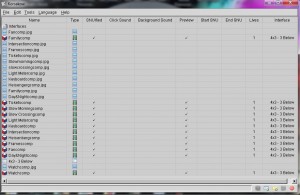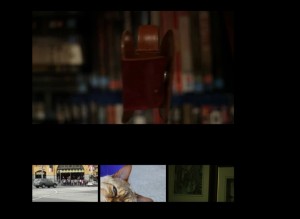Last lesson we were finally taken through the basics on how to make a K-film.
I’m a little more confident with what I know of the software now that we’ve been properly introduced to it.
It’s really just a basic system of word association. What would I classify each image as representing? How should I represent each one? How should they connect?
These are the questions you should be asking yourself when making a K-film, otherwise it won’t function, let alone mean anything.
Although, even then, if you’re rubbish at coming up with themes then you’re k-film is going to just be meaningless imagery, like a Michael Bay action sequence.
I still can’t understand why K-films exist though. If you’re making a documentary why would you distribute it on a platform that people just don’t know, or care about. Just make a film…..


